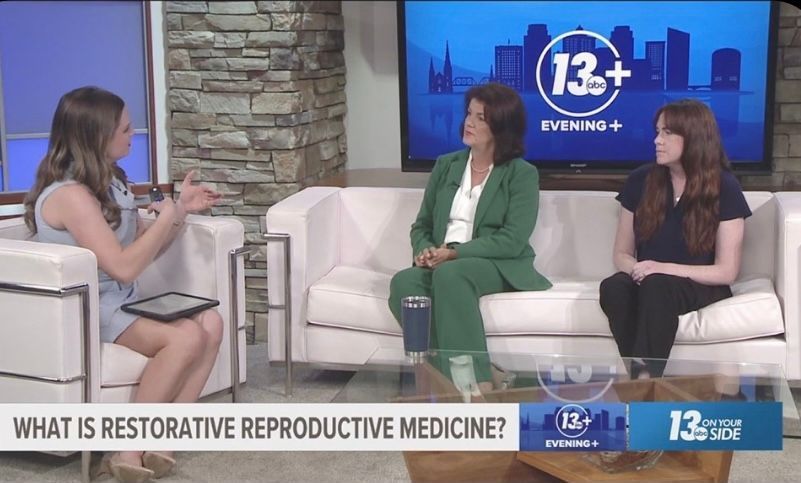In the case of breast cancer, there are some risk factors that cannot be changed such as your first period occurring before age 11, menopause arriving late, or the presence of particular genetic mutations. However, there are a number of breast cancer risk factors that you can control, many of which can be discussed at your preventative annual well-woman visit!
Research continues to highlight the importance of focusing on the following key lifestyle factors to support breast health and prevent cancer:
1. Engage in physical activity
In women of all ages, regular physical activity has been shown to reduce the risk of breast cancer. In general, it is recommended to get at least 150-300 minutes (about 20-40 min per day) of moderate physical activity or 75-150 minutes (about 10-20 min per day) of vigorous physical activity each week. Physical activity influences hormone and blood sugar regulation, weight, and inflammation – all factors that may contribute to cancer risk.
2. Avoid or stop smoking
Recent research suggests that women who have ever smoked in their lifetime are 14% more likely to develop breast cancer. Those who smoke during adolescence, or who smoke and have a family history of breast cancer, seem to be at a higher risk of breast cancer than others who smoke. It is encouraging that if one chooses to quit smoking, the risk for breast cancer does slowly reduce over time.
3. Consume a nutritious diet
Diets full of colorful fruits and vegetables seem to have a positive effect in reducing the risk for breast cancer. Specifically, foods rich in beta-carotene and other carotenoids (think orange or red foods like yams, cantaloupe, carrots, squash, tomato, pumpkin, peaches, etc.) help to lower the risk of breast cancer. A good practice is to shop heavily in the fresh food section, and carve out a time to meal prep for the week ahead. This helps to have nutritious foods ready for the days when there isn’t much time for preparing nutrient-dense produce!
4. Maintain a healthy weight
Weight gain in adulthood is linked to an increased risk of breast cancer both before and after menopause. Though the relationship between weight gain, obesity, and breast cancer is not well understood, maintaining a healthy weight for your age and height through activity and quality nutrition is an important aspect of reducing breast cancer risk.
5. Use hormones with caution
Conflicting evidence exists regarding the risk of different forms of hormonal birth control and their role in breast cancer risk. However, studies consistently show that oral contraceptives (the pill) are linked with a slightly increased risk of breast cancer compared to no use of oral contraceptives. This risk seems to return to baseline about 10 years after discontinuing the pills. There is also a risk associated with certain hormone therapies after menopause. This is associated with the type of hormones used, the timing of hormone therapy initiation, and the length of time they are used for. It is important to talk with your healthcare provider about your hormonal medications and the risks that may be associated with them.
6. Limit alcohol consumption
Any alcohol consumption is linked with increased risk of breast cancer. However, research shows that women who consume one drink a day or less have a much smaller risk. Specifically, women who consume ≤1 alcoholic beverage daily have a 20% lower risk for breast cancer than those who have 2-3 drinks a day or more.
7. Attend your annual well-woman visit
The annual well-woman visit is a good time to discuss family history and other personal factors that play a role in your risk for breast cancer. You and your provider can plan appropriate screening strategies at the right time for you. You will also learn breast self-awareness, how to notice changes that could occur in your breasts and when you should report them to your provider. Beginning at age 21, it is recommended to consider a clinical breast exam at your well-woman visit. During this exam, the provider assesses the skin, breast tissue, lymph nodes, and any other concerns you may see or feel on your breasts.
8. Schedule regular mammograms
In women with an average risk of breast cancer, annual or every other year screening mammography is recommended to begin between the ages of 40-50. Talk with your provider at your well-woman visit to decide when you should begin screening mammograms. For some women with an increased risk of breast cancer based on genetic factors, screening mammograms or other imaging may begin earlier in life.
Remember, when protecting your health, it pays to follow the well-known advice: “an ounce of prevention is worth a pound of cure!”

Author Bio:
Samantha Ratcliffe is a board-certified nurse midwife at Reply Ob/Gyn & Fertility. She earned her Master of Science in Women’s Health and Nurse Midwifery from Georgetown University.
REFERENCES
American Cancer Society. 2020. Lifestyle-related Beast Cancer Risk Factors. [online]. Available at: https://www.cancer.org/cancer/breast-cancer/risk-and-prevention/lifestyle-related-breast-cancer-risk-factors.html
National Cancer Institute. 2018. Menopausal Hormone Therapy and Cancer. [online} National Institute of Health. Available at: https://www.cancer.gov/about-cancer/causes-prevention/risk/hormones/mht-fact-sheet#:~:text=Menopausal%20hormone%20therapy%20(MHT)%E2%80%94,of%20the%20natural%20hormones%20estrogen











